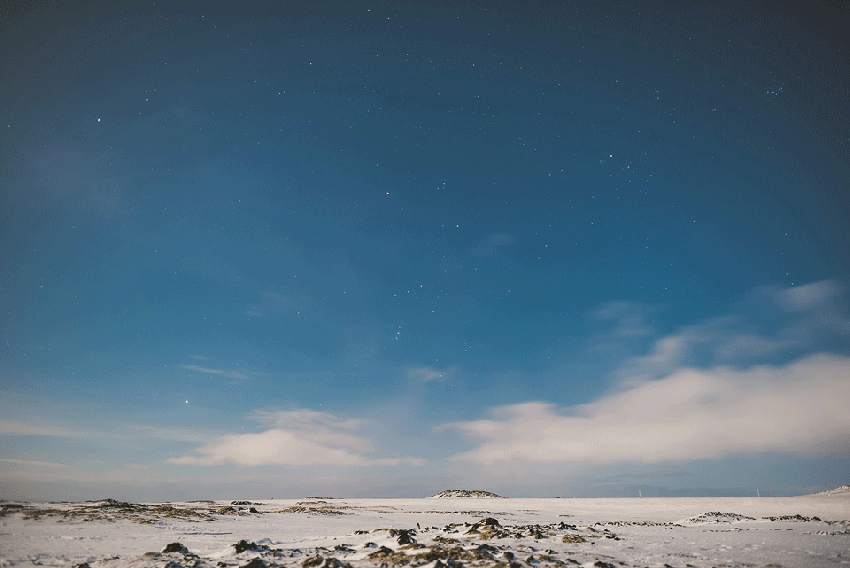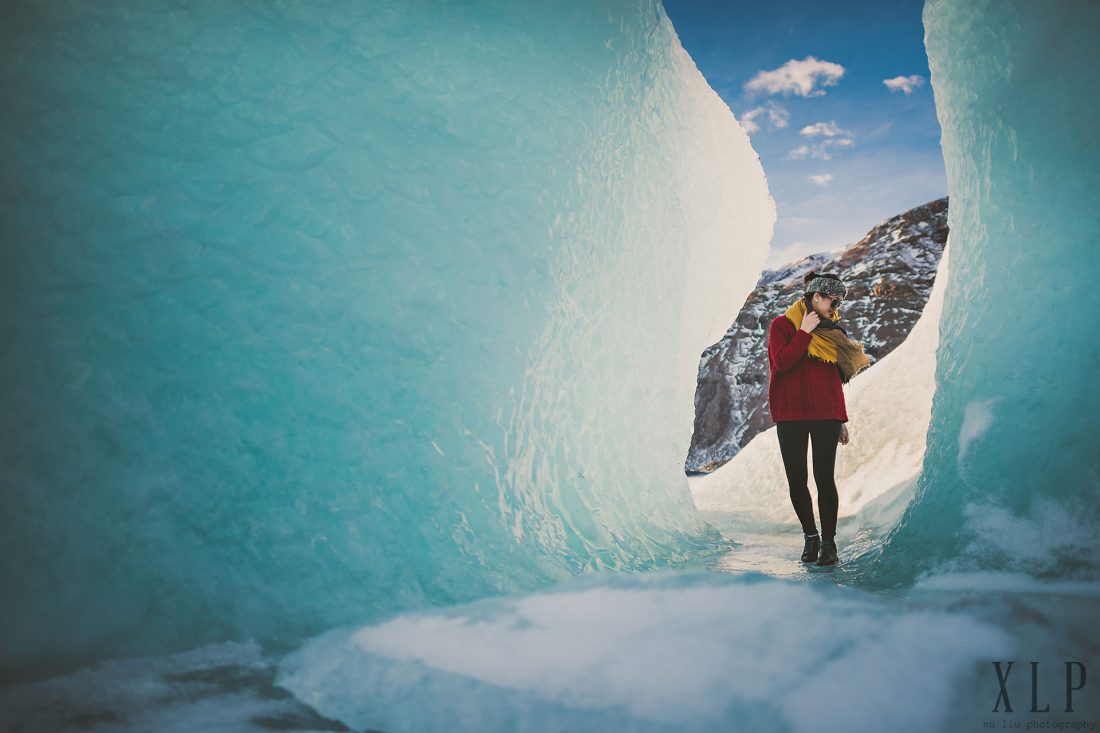
In the middle of a surprisingly warm winter here in New England, why not take a shotgun trip to Iceland? That’s exactly what we did a few weeks ago, perfect timing for the slow season, before the wedding season kicks off. Iceland has been an increasingly trendy travel location in the last few years, especially for destination weddings. Everyone is going to Iceland, and it isn’t hard to see why!! The most popular time to visit the country seems to be summer, when the sun is out for almost 24 hours, but given our busy schedules during the warmer months here, that wasn’t quite feasible the past few years. When we caught a break – a few days free and fantastically low airline ticket prices – we pulled the trigger almost reflexively.
A travel post from us isn’t really complete without some comment on gear, right? This isn’t a review, it’s just some thoughts. We’re not going to get super technical, we’re not doing image comparisons, we’re just making some observations on our experience. If you don’t care about gear, skip the next few paragraphs, and just jump to the pictures! The shot right below is what we brought on the trip – we brought not one, not two, but three cameras! We have a ton of 35mm film saved up from years ago, taking up space, and without the crunch of a wedding day, this was the perfect time to start using it again. We had been thinking about a film Leica for a little while – small camera body, relatively cheap, insanely good glass – so once we made the decision to bring the Kodak Portra film along, we snagged an M6 pretty quickly. What we didn’t really plan for was the digital Leica: we were been searching for a 35mm Summicron for the trip, and a fantastic deal including an M9 showed up. What can we say? We’re suckers for gear. Of course we included the trusty Nikon D750 along with a 24mm f/1.4 and 45mm tilt-shift, too. You know, in case we totally sucked at shooting with rangefinder cameras the first time seriously shooting with them. Our thoughts? There are definitely some limitations to shooting manual focus-only cameras, but a Leica really is an amazingly strong travel camera. Quick note: it’s talked about in pretty much every review of a Leica, but rangefinder focusing works by lining up a rangefinder patch with your “focus point” in a scene, and ta-da, you’re in focus.

Let’s start with the M6. Probably the most popular film Leica body. Totally mechanical, except for the meter, even if the battery totally dies, the camera will still work perfectly, at all shutter speeds. Take that in for a second, especially in a country like Iceland where the winters are pretty cold, and batteries drain much quicker than usual, this is tremendously useful. On days when the M9 would be dead by noon, the M6 worked perfectly. FYI, we actually haven’t gotten around to getting a 3V button battery – we metered by sunny 16 for the most part, and used a light meter app on our phones when unsure. The shutter is deliciously quiet, and well, it takes pictures. No frills. We’re totally sold on the rangefinder shooting experience – it just made us want to shoot. As for the lens, the 35 Summicron is sharp, and, in our opinions, the 35mm framelines are the most natural in the M6 and M9 viewfinders. To each his own, and we won’t get into the different viewfinder framelines between the various M bodies. The focus throw on the Summicron is also perfect, and It was ideal for learning rangefinder focusing. That said, we probably do prefer a wider lens in general, we’re eyeballing a 28 Summilux right now, but given the cost, it’ll probably be a while. We’re pretty fast at focusing now, too (not quite as fast as the D750 AF, but getting close), and being able to see things moving in and out of frame in the viewfinder is really advantageous. There’s not much to say about the M6’s image quality – it’s just a black box to expose film to light.
Onto the M9. A pretty polarizing camera. Cost a small fortune new, like most digital Leicas, and super polarizing in opinions. Operationally, it works almost exactly like the M6, except for a few small things. The display on the back is completely awful (it’s 2.5” and only 230k pixels, vs 3.2” and approximately 6x the pixel count), so just pretend it’s not there, except to change ISO. Even the light sensitivity is similar to the M6 – the M9 CCD sensor maxes out at ISO 2500, and it’s really only “clean” up to 1250, maybe 1600. The noise isn’t bad though – it’s much closer to film grain than CMOS noise, and actually looks pretty great. On the other hand, don’t try to push M9 files more than a stop and a half, there’s some crazy banding that shows up. One major complaint about the M9: it has the stupidest, most awful sounding shutter we have ever heard. The initial click is great, but for some reason, the shutter recocking makes this loud grinding noise. Maybe someone tried to make it sound like the manual recock sound of a film body, but this is ridiculous. Youtube it if you’re curious. The M240 got rid of this issue. Overall, we loved the image quality that came out of the M9’s now pretty old CCD sensor. There’s a certain character to the images, and the colors are beautiful. When the situation was ideal, the images that came out were incredible. When the situation wasn’t ideal, well, that’s where it didn’t work out, and we needed the D750’s crazy good dynamic range. We’ve since pondered grabbing an M240, with a CMOS sensor and live view, yay, but if we’re just going to shoot live view, and push shadows all day long, we might as well just pull out the D750’s.
Last thing on gear, the tripod in the picture is a MeFoto Roadtrip carbon fiber. Get one. It’s tiny (we carried it in our luggage with zero issue), it’s strong, and it held up really freakin’ well in the middle of the night on our Northern light hunts, with crazy crazy high Icelandic winds. Moving on!
Iceland was insane. We took a direct redeye into Keflavik, and after we picked up our tiny budget car (you might want to grab a 4WD car if you’re less comfortable driving in slippery conditions, or at least upgrade to studded tires) at 5AM, we were off. In our 5 days, 4 nights there, we didn’t have any day with less than 4 hours driving. It’s pretty much a roadtrip country. There’s vast landscape everywhere, and seeing it all covered in a pristine blanket of snow was breathtaking. Since it’s winter, there were only about 6-7 hours of daylight, and even then, it was pretty much golden hour all day. Sunrise and sunset were multi-hour affairs, and we got colors that you just don’t typically see in the sky anywhere in the US. At least not regularly. Also, Icelandic horses are the coolest. They have kickass hair, and the make the best faces. The pictures do a better job than we can with words, so, with all that said, enjoy!
Oh! For a more in-depth “recap” of what we did, head on over to Betty’s blog post. There’s some overlap in the images, but there’s a ton more description on what we did specifically on our trip.

















































































